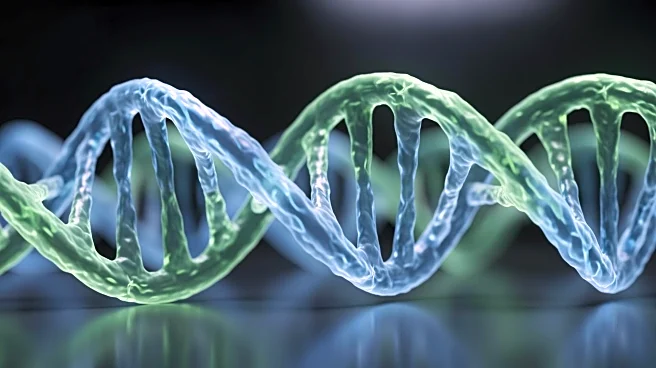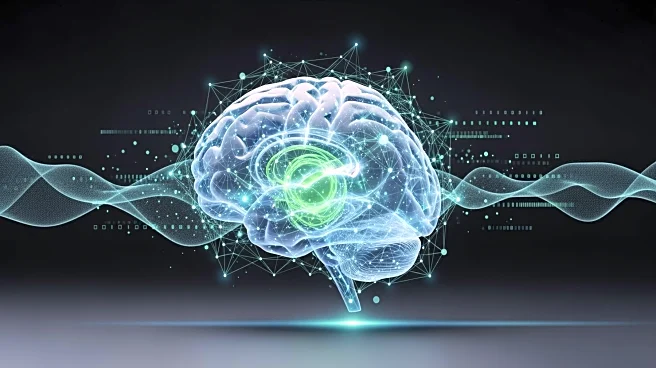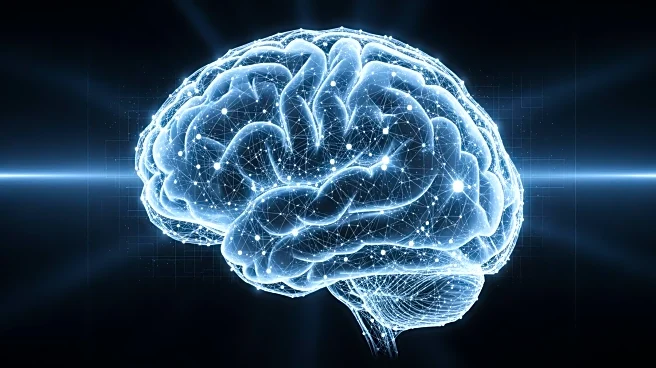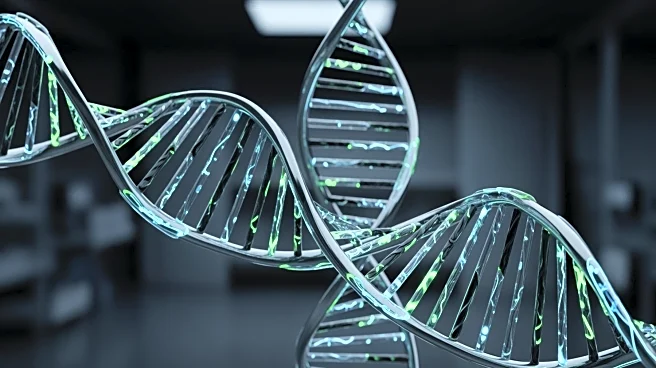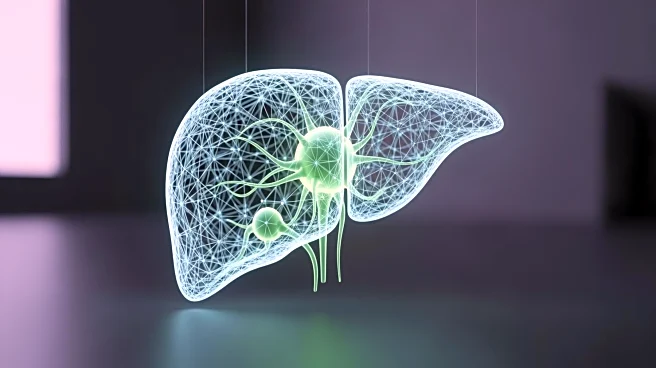What's Happening?
Recent developments in imaging and radiomics have led to the creation of a comprehensive dataset focused on metastatic breast cancer to the brain. This dataset, the largest of its kind, includes detailed
radiomic features derived from clinician-reviewed segmentations. The dataset aims to improve diagnostic accuracy and treatment outcomes by providing a nuanced analysis of brain metastases, which are a significant challenge in cancer treatment. The use of stereotactic radiosurgery (SRS) and machine learning tools in radiomics is highlighted as promising advancements in patient care.
Why It's Important?
The dataset offers a targeted exploration of metastatic breast cancer to the brain, a condition affecting a significant portion of cancer patients. By integrating radiomic features with genetic data, the dataset facilitates advanced image-based tumor phenotyping and genotyping. This approach could lead to improved diagnostic methods and personalized treatment plans, ultimately enhancing patient outcomes. The open-source nature of the dataset aligns with the FAIR principles, promoting accessibility and reusability for further research and development in precision medicine.
What's Next?
The availability of this dataset encourages re-analysis and the derivation of new radiomic features, potentially leading to breakthroughs in non-invasive genotyping and lesion-level analysis. Researchers and clinicians are expected to utilize the dataset to deepen the biological understanding of breast cancer metastasis and improve image-based diagnostics. The integration of machine learning tools with radiomic data may drive innovations in treatment strategies and patient care.
Beyond the Headlines
The dataset's focus on metastatic lesions provides a unique opportunity to study the heterogeneity of brain metastases, which can vary significantly in radiographic phenotypes. This variability reflects differences in tumor biology and therapeutic response, offering insights into the microenvironment of metastatic tumors. The dataset's clinician-derived segmentations ensure high-quality radiomic data, which is crucial for accurate tumor phenotyping and the development of precision medicine approaches.





